Footprint: The area taken up by a building’s base.
Slenderness ratio: The ratio of a skyscraper’s width to its height. Engineers consider buildings “slender” if they have a width-to-height ratio of at least 1:10 or 1:12.
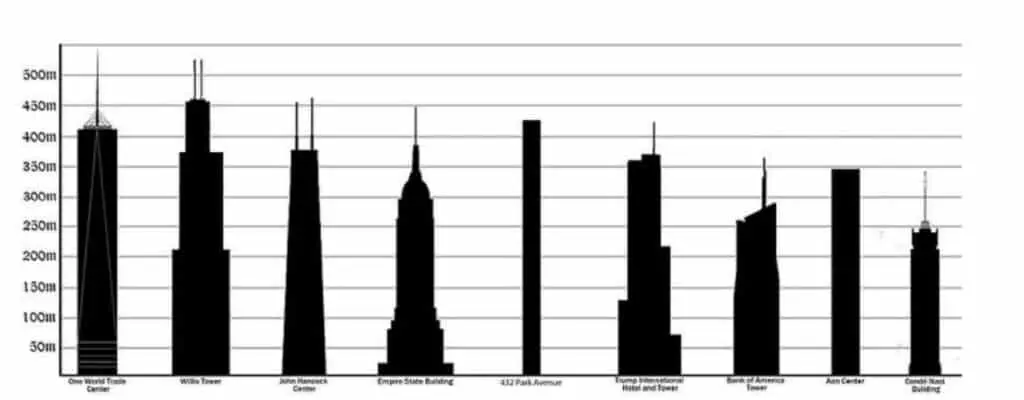
US skyscrapers ranked by height. 432 Park Avenue in New York City (center) is 93 feet wide and 1,396 feet tall. This gives 432 Park Avenue a slenderness ratio of 1:15. Credit: Ali Zifan/Wikimedia Commons.
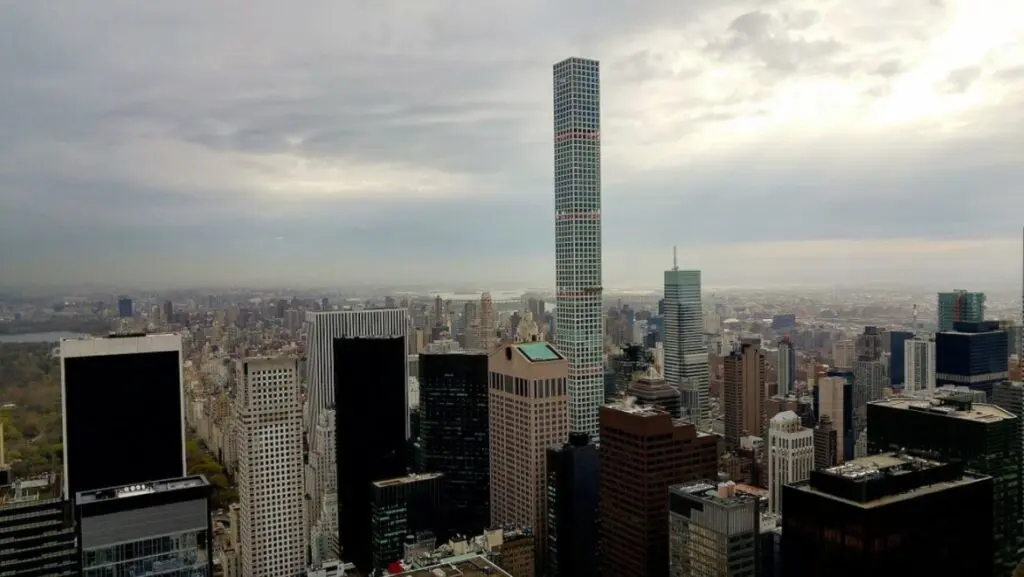
432 Park Avenue in New York City is a very slender skyscraper that towers over neighboring buildings. Credit: Alexander Caravitis/Wikimedia Commons.


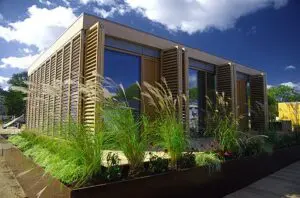
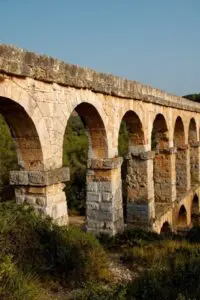
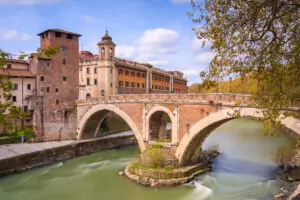

Thank you! Your submission is processing.